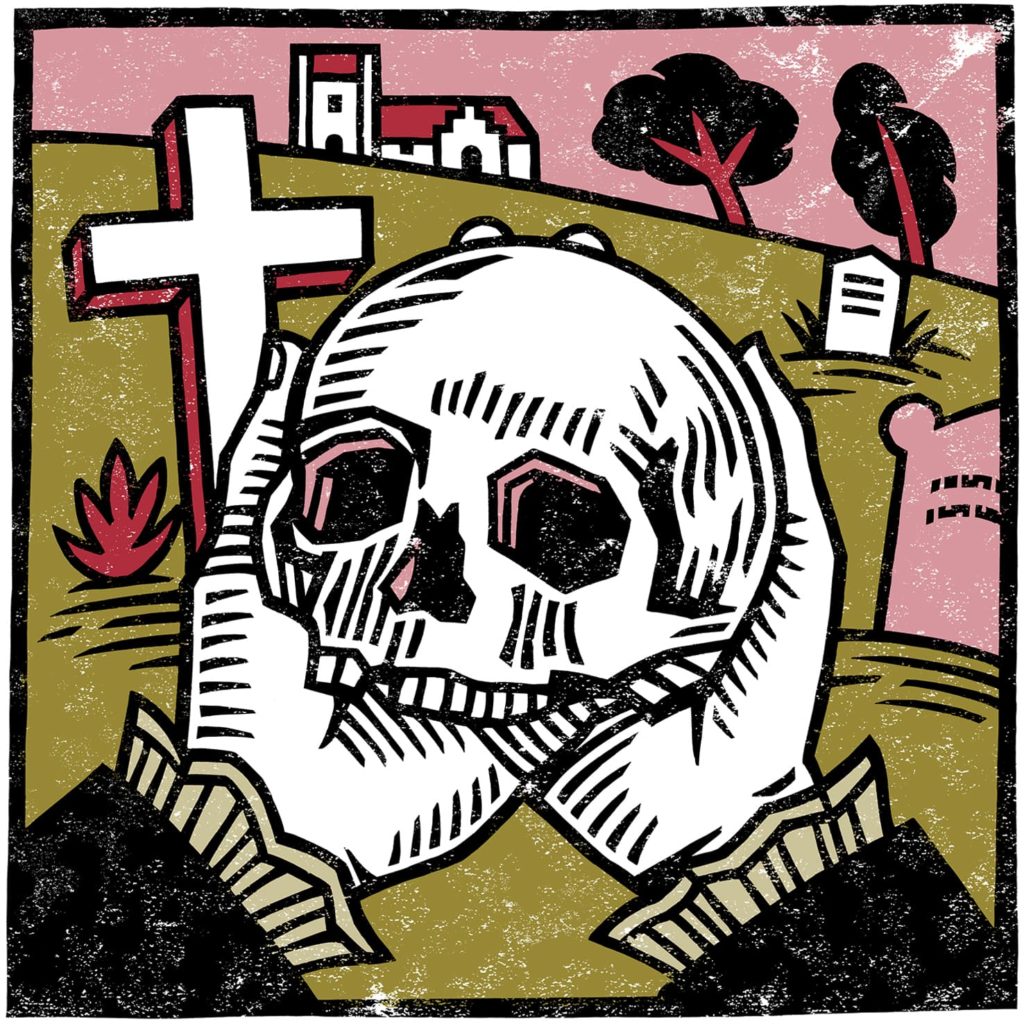The play is not mentioned in a list by Francis Meres of Shakespeare’s plays in 1598. The play was registered at the Stationers’ Company on 26th July 1602. A reference in the play to boy actors at the Blackfriars Theatre, a note by Gabriel Harvey mentioning Hamlet, and the influence of Hamlet on John Marston’s play Antonio’s Revenge (winter 1600–1601), all assist with dating the play to around 1600, with possible later revisions.
The play was first printed as a quarto in 1603, probably based on an actor’s memory of it. A second, much longer version of the play was printed in quarto at the end of 1604 and start of 1605, probably typeset from Shakespeare’s draft manuscripts, or a transcript of them. A third quarto in 1611 was typeset from the second, and a fourth quarto was typeset from the third, in about 1622. The First Folio version appears to be based mainly on a transcript of Shakespeare’s manuscripts, possibly a prompt-book prepared for the acting company sometime after 1606, with some parts based on the second quarto.

‘Let me see. Alas, poor Yorick! I knew him
Horatio. A fellow of intimate jest, of most excellent fancy.’
Hamlet, V i
Brief synopsis of the play
Prince Hamlet does not succeed his father as King of Denmark: the crown is taken by his uncle, Claudius, who has swiftly married his mother Gertrude. The old king’s ghost appears to Hamlet, reports that he was poisoned by Claudius, and demands revenge. Alongside the violence, this dramatic masterpiece presents political intrigue, sexual obsession, and philosophical reflection, and reveals Shakespeare’s views on acting and the role of theatre.



